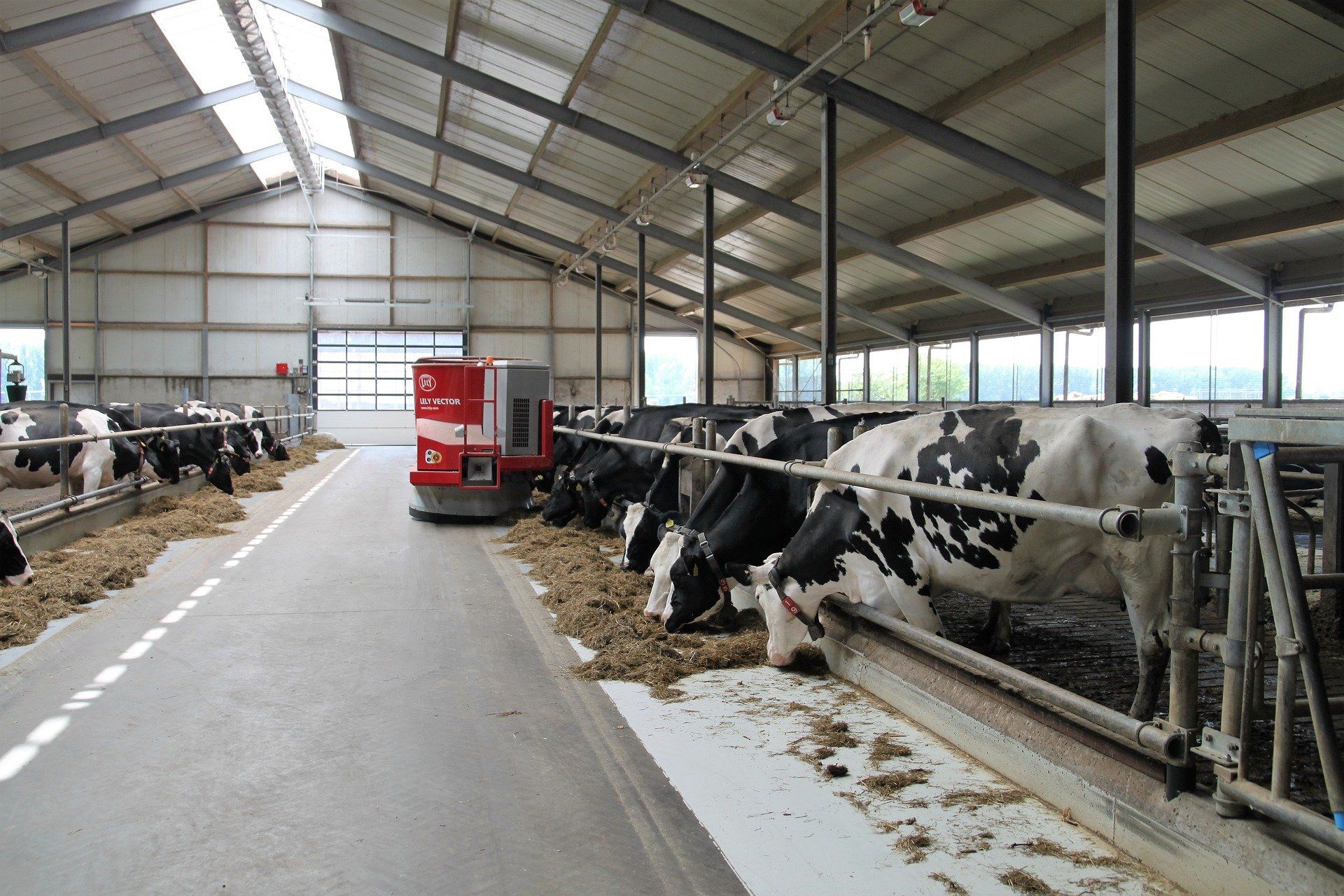1MG FlippingBooks
Dairy leaders unite to set industry agenda
Key leaders in the dairy sector have joined forces in new efforts to develop an industry blueprint as a response to the challenges dairy farmers have faced in the last few years.
The Australian Dairy Plan is an initiative aimed at rallying the industry to set a clear vision, purpose and strategy for the future. Led by Dairy Australia , Australian Dairy Farmers , Australian Dairy Products Federation and Gardiner Dairy Foundation , it will help establish a national roadmap and is expected to deliver transformative change for dairy over the next five years and beyond.
“We want an industry with a strong plan working actively with government to take the industry forward and we will proceed with an open mind regarding the structural changes which may be required to make this happen,” says John Brumby AO, the newly appointed Independent Chair of the Australian Dairy Plan.
Work on the Plan will commence later this month, with over 20 consultation workshops to be held nationwide in May and June. These consultations will allow industry members to share their views on how to create a more profitable, confident and united industry.
Discussions at these workshops will be informed by the recent release of the Australian Dairy Situation Analysis , a report which provides an overview of the industry’s key issues and conditions such as farm profitability, milk production and Australia’s global competitive position.
“While flagging many positive factors for the industry that point toward a positive future, the report also provides an honest assessment of challenges that we hope will be addressed during the course of the consultations,” says Mr Brumby.
The report indicates that while there is still strong growth in demand for dairy products and customers have expressed a willingness to pay a premium for quality Australian dairy products, the past 20 years have presented many new challenges for the sector.
These include slowing productivity growth, drought events and a decline in overall milk production volume. Additionally, farmers now need skills in a broader range of areas including finance and risk management, while attracting skilled labour and retaining skills and knowledge within the industry have remained critical problems.
“Market volatility, challenging conditions on farms and a breakdown in trust between farmers and processors have taken a toll on where the industry stood a decade ago,” says Mr Brumby.
The report highlights the need for the dairy industry to engage in sustained collective action to adapt to these new challenges.
“It is vital that all sides now pull together to agree on a roadmap of priorities and actions, in order to reset the direction and confidence of the industry,” says Mr Brumby. “In my view, the challenges we face today are bigger and more complex than the industry has faced before.
“If we are to write the next chapter of dairy’s story, we not only need to be honest about the issues we face, but also open to taking difficult decisions and supporting radical change if required.”
You can read more about the Australian Dairy Plan here. Those who can’t make it to a local workshop can also contribute to the conversation online.

















